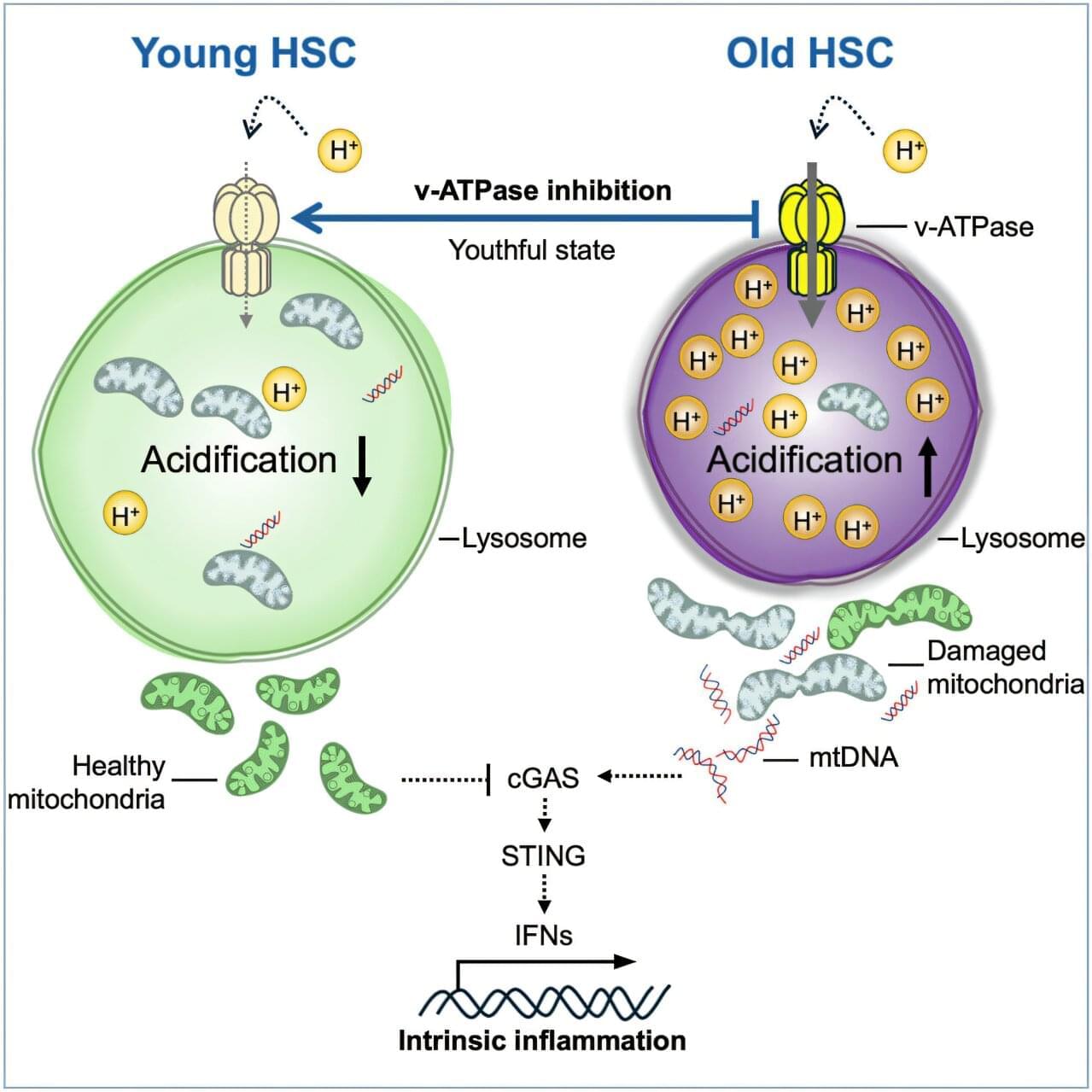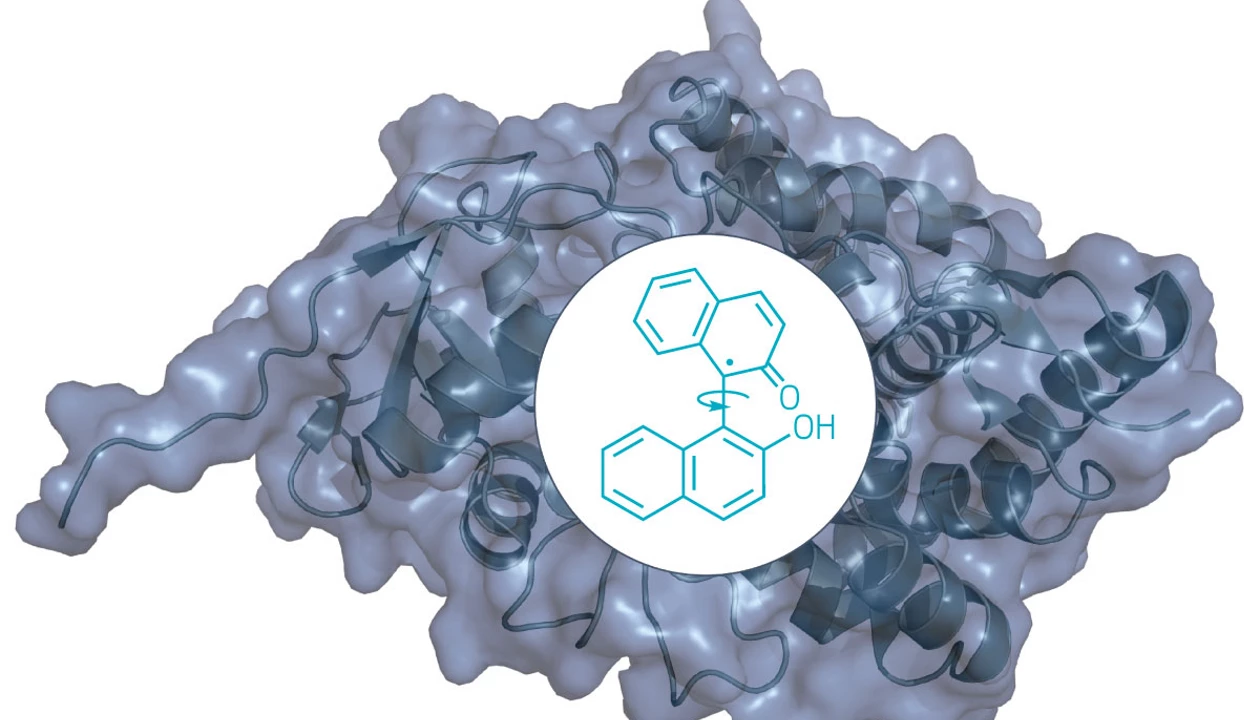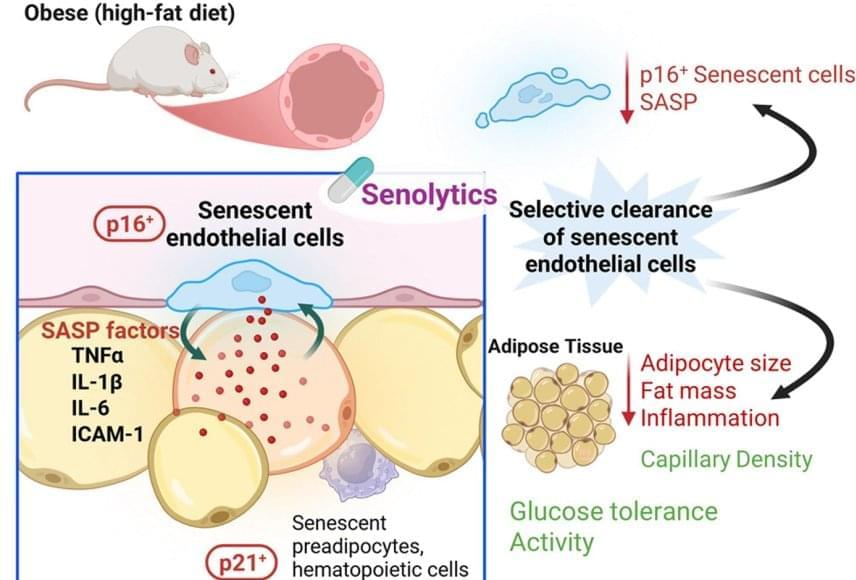An expanding universe complicates this picture just a little bit, because the universe absolutely refuses to be straightforward. Objects are still emitting light, and that light takes time to travel from them over to here, but in that intervening time the universe grows larger, with the average distance between galaxies getting bigger (yes, I know that sometimes galaxies can collide, but we’re talking on average, at big scales here).
So when we see an image of a distant galaxy, and that light has traveled for billions of years to finally end in our telescopes, we don’t know how far away that galaxy is right now, at the moment that we get the light. We have to turn to a cosmological model that incorporates the expansion history of the universe, so we know how much the universe has grown in a given amount of time.
Our current best model of the universe is called LCDM, which involved both dark matter (different episode) and dark energy (different episode). We can discuss the relative merits and weaknesses of LCDM (different episode), but for now let’s just take it as a given, as deviations from LCDM don’t really change the picture much.








